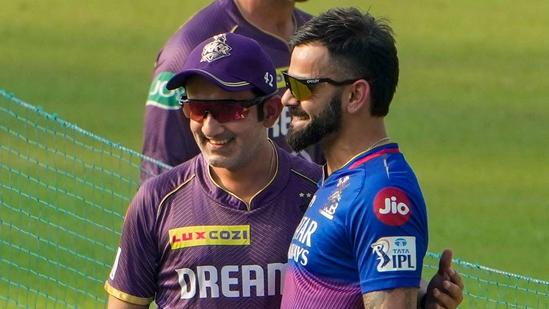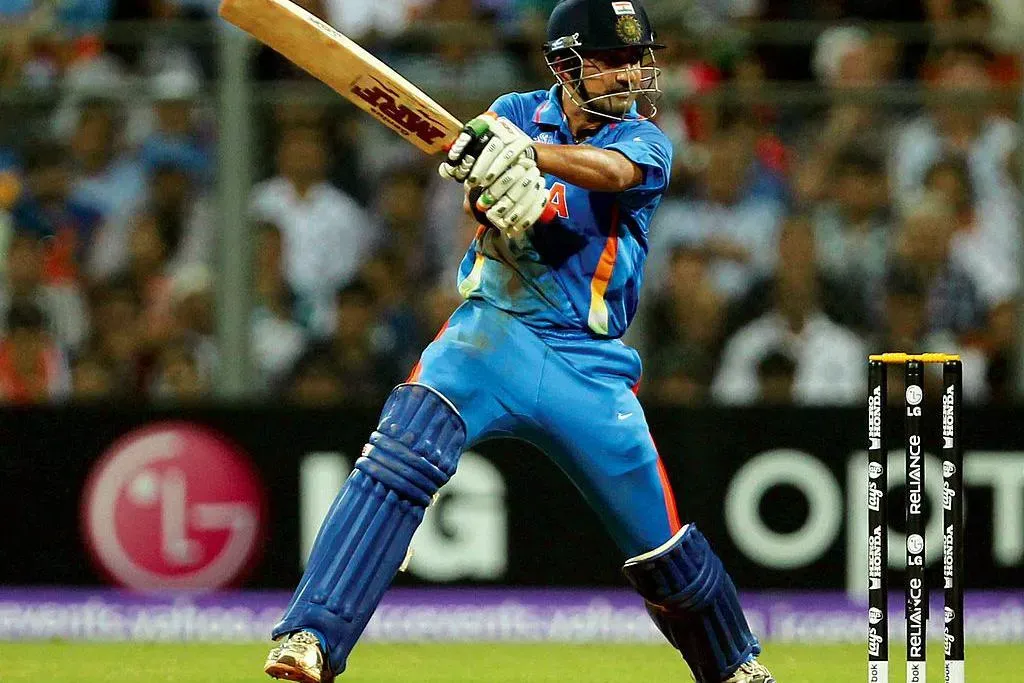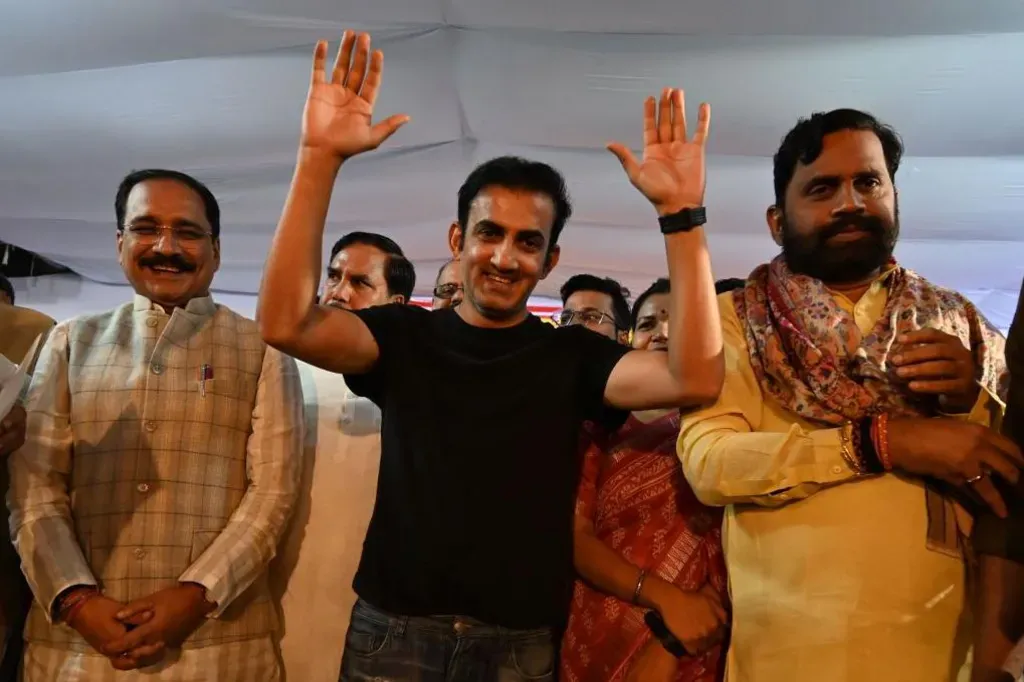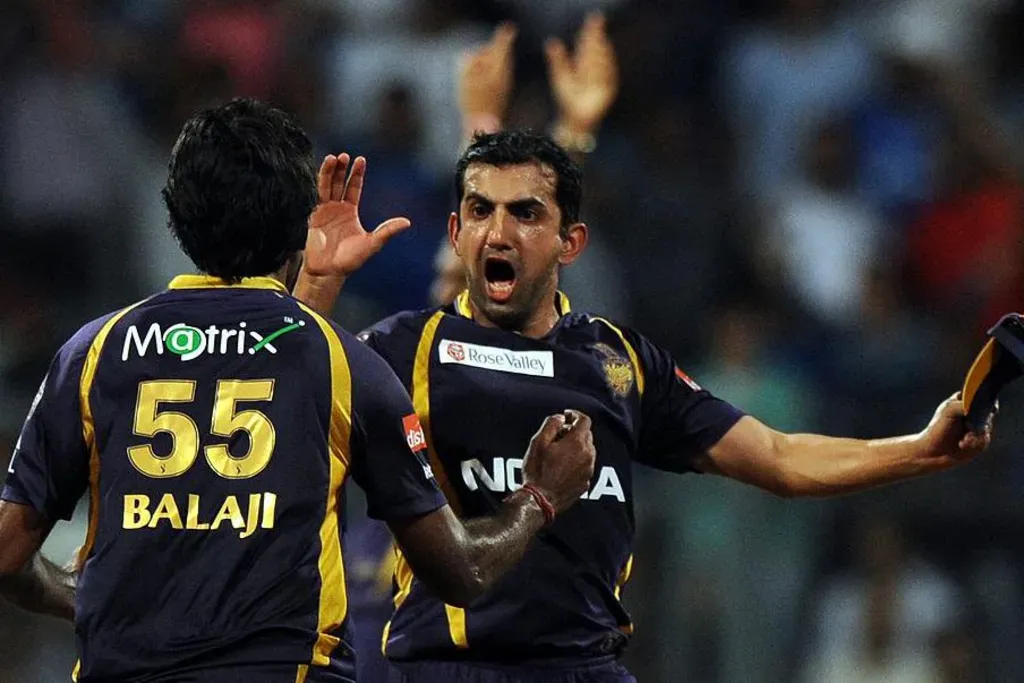At 42, Gautam Gambhir has become the youngest head coach in the history of the Indian cricket team. He takes over from Rahul Dravid, who chose not to extend his tenure after the recent T20 World Cup to spend more time with his family. VVS Laxman was initially considered but decided to stay at the National Cricket Academy, clearing the way for Gambhir’s selection.
In the past six to seven months, several unexpected events accelerated Gambhir’s candidacy. Last November, he resigned as the mentor of the IPL team Lucknow Super Giants, after guiding them to the knockout stages for two seasons. He then reunited with his former team Kolkata Knight Riders (KKR), where he had previously led them to IPL titles in 2012 and 2014.
In March, Gautam Gambhir, who joined the ruling Bharatiya Janata Party (BJP) after retiring from cricket in 2018 and was elected as MP for East Delhi in 2019, decided to leave politics to focus fully on cricket. Despite this, his credentials for the head coach role only gained attention when KKR began winning several matches, spotlighting his abilities.
Selecting a chief coach for the Indian cricket team involves a complex process. The Board of Control for Cricket in India (BCCI) invites applications from eligible candidates, who must have played 30 Tests or 50 ODIs and be under 60 years old. The applications are reviewed by the Board’s Advisory Committee (CAC), and shortlisted candidates are interviewed to present their vision for Indian cricket.

Gautam Gambhir’s lack of rivals made his selection straightforward. Although some stories circulated about potential overseas coaches, they quickly faded. Unlike in the past, when an overseas coach was preferred to avoid factionalism and favoritism, the current preference is for an Indian coach who understands the country’s culture and psychology. Former India opener W Raman, who expressed interest, likely held back because at 59, he didn’t have enough time for a three-year plan.
Gambhir’s success with KKR in the IPL and Dravid’s firm stance against continuing made Gambhir’s appointment inevitable. Gambhir’s career as a player is also impressive. A stylish left-handed batsman, he debuted in 2003 and is one of India’s most accomplished openers. Notable performances include his epic 137 against New Zealand in 2009, his top score of 75 in the 2007 T20 World Cup final, and his crucial 97 in the 2011 ODI World Cup final.
In 2012, after India’s 0-4 loss to Australia in a Test series, Gautam Gambhir was considered as a potential successor to M S Dhoni as captain, but he missed out. Known for his intense and straightforward demeanor, Gambhir has often been seen as unapproachable. He believes in focusing on performance rather than star power in Indian cricket.
The role of head coach is prestigious, offering a substantial salary and bonuses, but it comes with immense pressure and responsibility, especially following successful tenures by Rahul Dravid and Ravi Shastri. Over the next three years, India has a busy schedule, including the Champions Trophy, the World Test Championship, the T20 World Cup in 2026, and the ODI World Cup in 2027, along with various bilateral series.

Gautam Gambhir, at 42, has become the youngest head coach in Indian cricket history, succeeding Rahul Dravid, who chose to step down after the T20 World Cup to spend more time with his family. Initially, VVS Laxman was considered for the role but decided to stay with the National Cricket Academy, paving the way for Gambhir.
Several unexpected events in recent months boosted Gambhir’s candidacy. Last November, he resigned as the mentor of the IPL team Lucknow Super Giants, having guided them to the knockout stages for two seasons. He then returned to Kolkata Knight Riders (KKR), where he had led them to IPL titles in 2012 and 2014.
In March, Gautam Gambhir, who joined the BJP after retiring from cricket in 2018 and was elected MP for East Delhi in 2019, announced his decision to leave politics to focus fully on cricket. Despite this, his credentials for the head coach role only gained attention when KKR began winning several matches, highlighting his abilities.

Selecting a head coach for the Indian cricket team is a complex process. The BCCI invites applications from eligible candidates, who must have played 30 Tests or 50 ODIs and be under 60 years old. The Board’s Advisory Committee (CAC) reviews the applications, and shortlisted candidates present their vision for Indian cricket in interviews.
With no real rivals, Gambhir’s selection was straightforward. Although there were rumors about potential overseas coaches, they quickly faded. Unlike in the past, when an overseas coach was preferred to avoid factionalism and favoritism, the current preference is for an Indian coach who understands the country’s culture and psychology. Former India opener W Raman, who expressed interest, likely held back because at 59, he didn’t have enough time for a three-year plan.
Gambhir’s success with KKR in the IPL and Dravid’s firm decision not to continue made Gambhir’s appointment inevitable. Gambhir’s career as a player is also impressive. A stylish left-handed batsman, he debuted in 2003 and is one of India’s most accomplished openers. Notable performances include his epic 137 against New Zealand in 2009, his top score of 75 in the 2007 T20 World Cup final, and his crucial 97 in the 2011 ODI World Cup final.

In 2012, after India’s 0-4 loss to Australia in a Test series, Gautam Gambhir was considered as a potential successor to M S Dhoni as captain, but he missed out. Known for his intense and straightforward demeanor, Gambhir has often been seen as unapproachable. He believes in focusing on performance rather than star power in Indian cricket.
The role of head coach is prestigious, offering a substantial salary and bonuses, but it comes with immense pressure and responsibility, especially following successful tenures by Rahul Dravid and Ravi Shastri. Over the next three years, India has a busy schedule, including the Champions Trophy, the World Test Championship, the T20 World Cup in 2026, and the ODI World Cup in 2027, along with various bilateral series. Gambhir must manage star players, oversee generational transitions, and implement changes in strategy and skills to maintain and enhance India’s position in cricket. Being head coach is a prestigious role, but Gambhir has a formidable task ahead.
